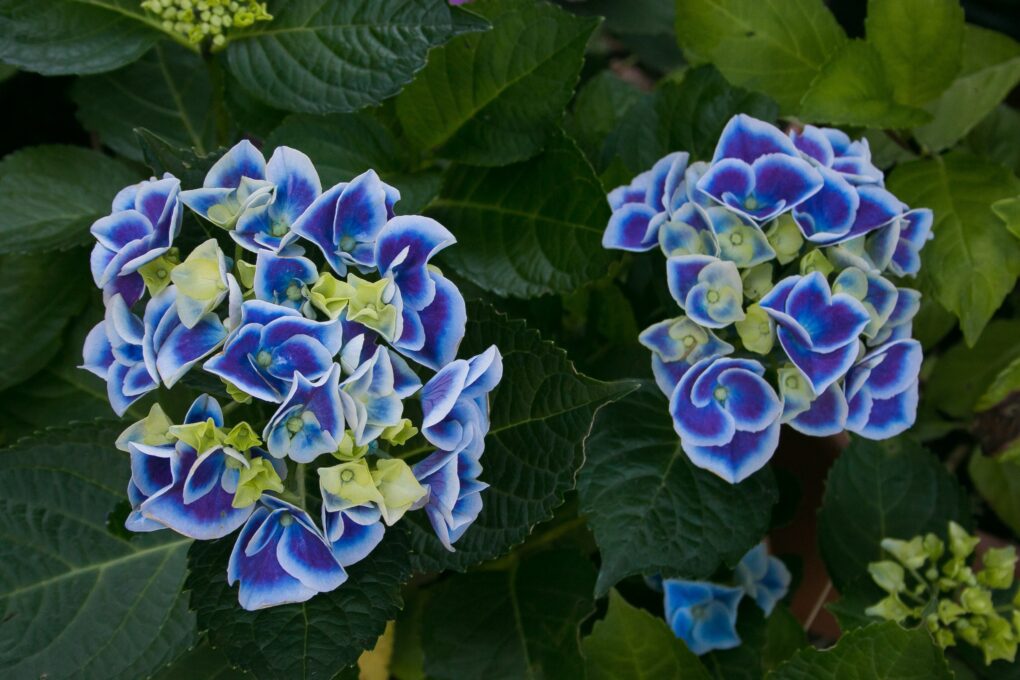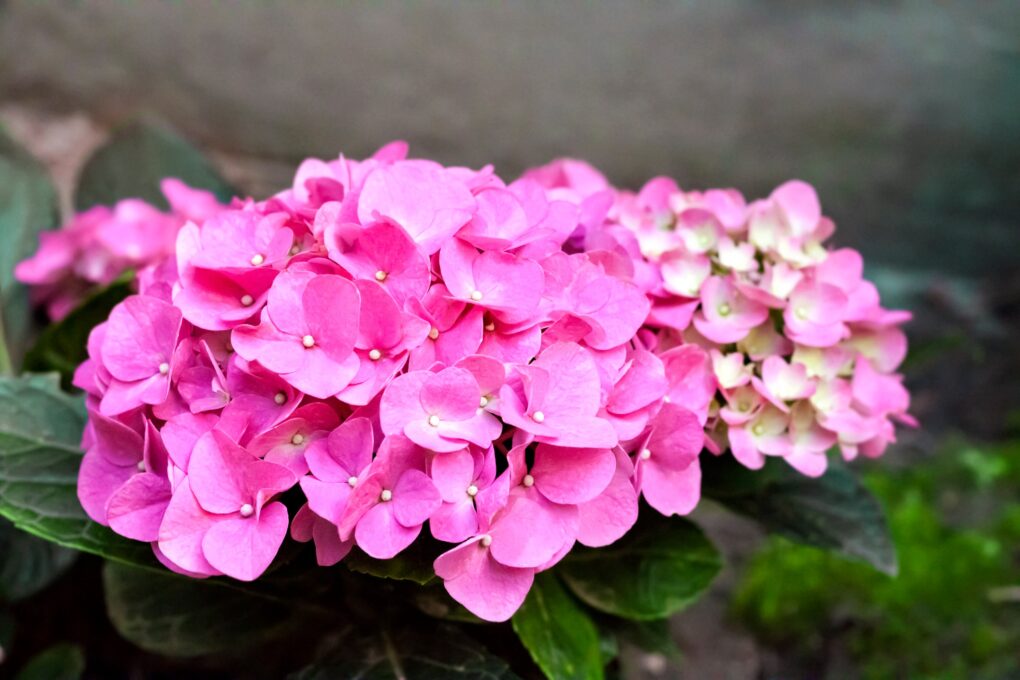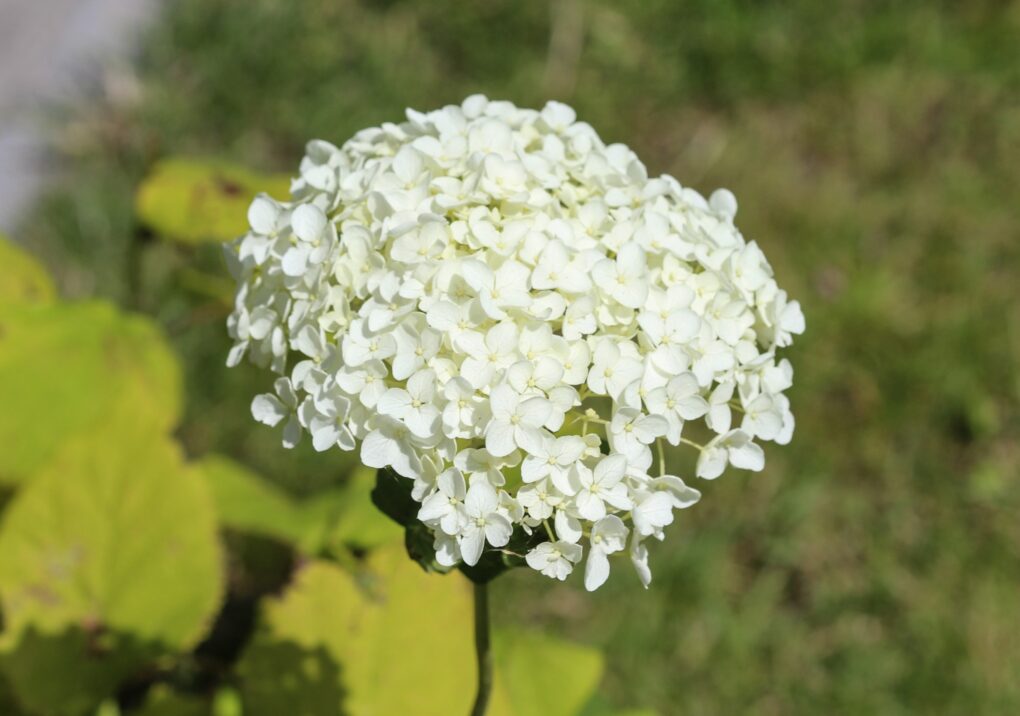Do Hydrangeas Need Full Sun? A Guide to Optimal Growing Conditions
Hydrangeas do not necessarily require full sun to thrive. They often prefer partial shade, which helps them retain their delicate blooms and lush foliage. Depending on the specific variety, hydrangeas generally need between 3 to 6 hours of dappled sunlight daily, ideally in the morning or late afternoon.

It is important to note that the intensity of sun exposure in your area can impact hydrangea health. In cooler climates, hydrangeas can handle more sun, while in warmer areas, they benefit from increased shade to protect them from excessive heat and drying out. Therefore, monitoring your hydrangea’s health and adjusting its location or sun exposure accordingly is essential.
Table of Contents
Hydrangea Growing Requirements

Light Requirements
Hydrangeas are versatile plants that can grow in different lighting conditions, however, the amount of sunlight they receive affects their growth and blooming.
Hydrangeas can grow in full sun, partial shade, or full shade. However, the amount of sun they need depends on the variety. For example, panicle and smooth hydrangeas prefer full sun, while bigleaf hydrangeas prefer partial shade.
When planting hydrangeas, it’s important to consider the lighting conditions of the area. If planting in full sun, provide enough water to avoid drought stress. If planting in partial shade, provide enough sunlight to promote blooming.
Here are some general guidelines for hydrangea lighting requirements:
| Hydrangea Variety | Lighting Requirements |
| Bigleaf hydrangeas | Partial shade (morning sun, afternoon shade) |
| Panicle hydrangeas | Full sun to partial shade (at least 6 hours of direct sunlight) |
| Smooth hydrangeas | Full sun to partial shade (at least 4 hours of direct sunlight) |
Too much sun exposure can cause the leaves to wilt and dry out, while too little sun exposure can result in poor blooming. Therefore, finding the right balance of sunlight for your hydrangeas to thrive is important.
Types of Hydrangeas
There are several types of hydrangeas, each with its unique characteristics and growing requirements. Here are some of the most common:
| Type | Description | Best Growing Conditions |
| Bigleaf Hydrangea | Produces large, showy blooms in shades of pink, blue, and purple. Can be either mophead or lacecap varieties. | Partial shade, well-drained soil, consistent moisture |
| Panicle Hydrangea | Produces cone-shaped blooms in white, pink, and red shades. It tends to be more tolerant of sun and heat than other hydrangea types. | Full sun to partial shade, well-drained soil |
| Smooth Hydrangea | Produces large, round blooms in shades of white and pink. It tends to be more tolerant of shade and moisture than other hydrangea types. | Partial shade to full sun, well-drained soil, consistent moisture |
| Panicled Hydrangea | Produces cone-shaped blooms in white, pink, and red shades. It tends to be more tolerant of sun and heat than other hydrangea types. | Full sun to partial shade, well-drained soil |
Choosing the right type of hydrangea for your growing conditions is important to ensure the best possible results. For example, consider factors such as sun exposure, soil type, and moisture levels when selecting a variety.
It’s also worth noting that some hydrangeas can change color based on the pH of the soil. For example, blue hydrangeas thrive in acidic soil, while pink hydrangeas prefer more alkaline soil. So if you want to achieve a certain color of bloom, test your soil and make any necessary adjustments.
Factors to Consider

Climate
Hydrangeas are native to Asia and the Americas and prefer a temperate climate. They can grow in a wide range of temperatures but do best in areas where the temperature stays cool. If you live in a hot climate, you must ensure that your hydrangeas are getting enough water and shade. You must protect your hydrangeas from frost and cold winds if you live in a cold climate.
Soil Type
The type of soil that your hydrangeas are planted in can greatly impact their growth and health. Hydrangeas prefer soil that is rich in organic matter and drains well. They need to do better in soil that is too sandy or too heavy. However, if your soil is not ideal for hydrangeas, you can amend it with compost or other organic matter to improve quality.
Watering Needs
Hydrangeas need regular watering to thrive. They prefer soil that is moist but not waterlogged. If your soil does not retain moisture well, you may need to water your hydrangeas more frequently. If you live in a hot climate or your hydrangeas are in full sun, water them more often to prevent them from drying out. Mulching around the base of your hydrangeas can also help to retain moisture in the soil.
